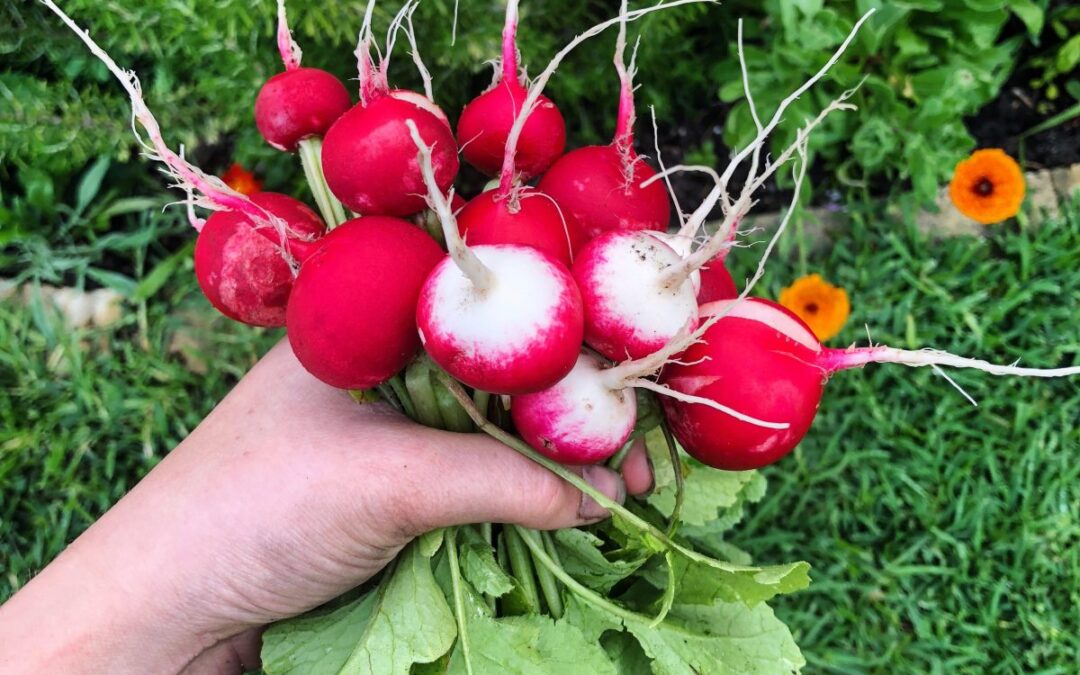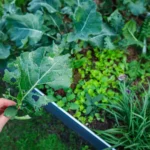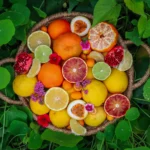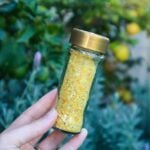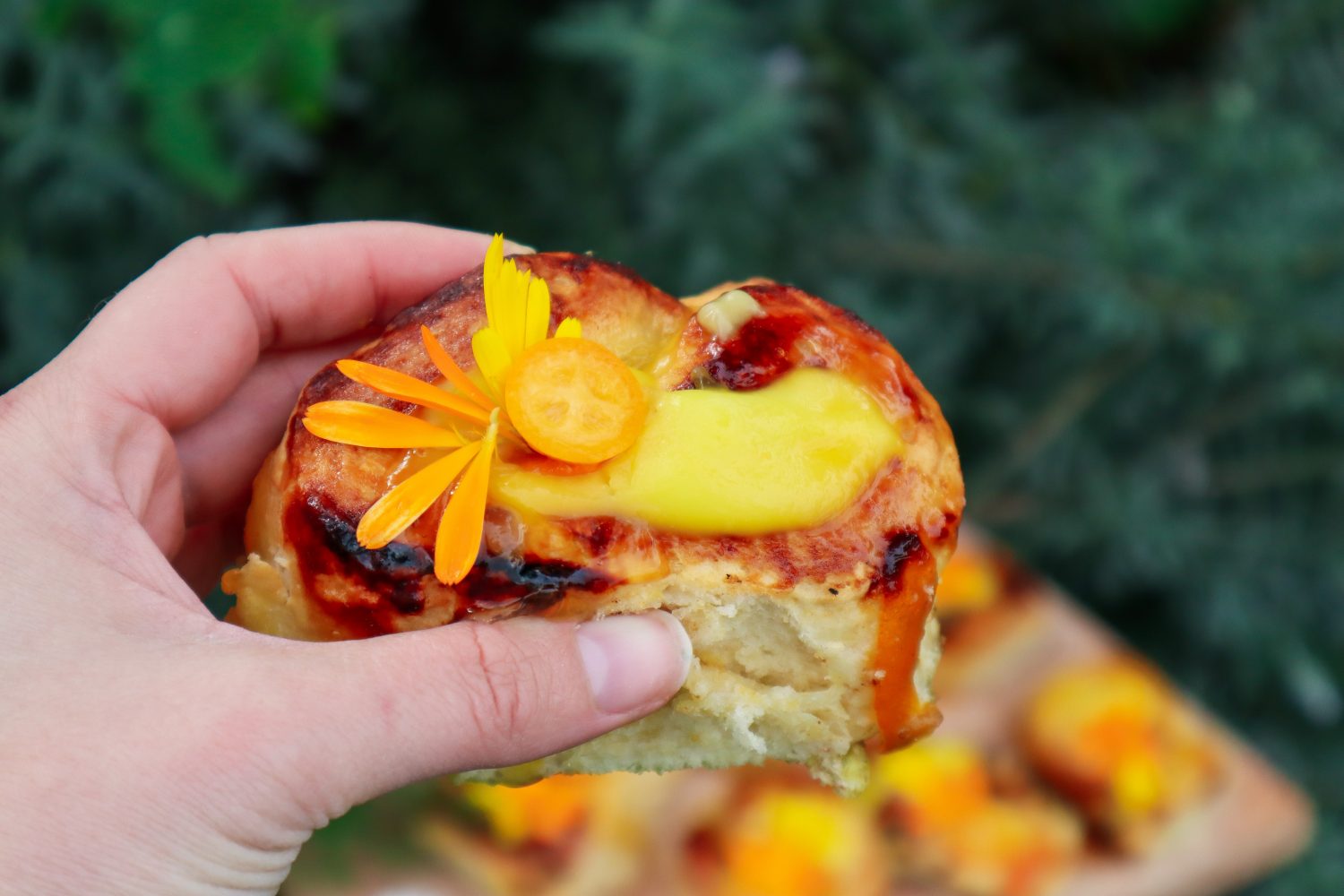
10 Edible Plants to Sow in March – Autumn Garden
These 10 edible plants to sow in March will get your Autumn garden off to a productive start. These edible plants can all be grown in containers or the garden so you can grow more of your own food at home. I am gardening in Perth, Australia and these 10 edible plants to sow in March are great transition plants to bridge the gap between summer and winter to help you produce a continuous supply of food at home.
There is nothing better than walking out into your garden to pick and harvest your own fresh, nutrient-rich food. No chaotic shops are needed!
WATCH 10 Edible Plants to Sow in March
Top 10 Edible Plants to Sow in March
1. Radish
Raphanus sativus
Radish are so easy to grow, they can handle a range of soils and environments, and they are also one of the quickest veggies to grow! From seed to table in just 4 weeks. Also, the whole plant is edible. The roots are delicious fresh in a salad, or, added to your roast veggies, and the leaves can be chucked into stirfries or blitz to make pesto or chimichurri to dress your salads and meals. There are a lot of different varieties of Radish that range in flavour, so if you don’t enjoy the pepperiness of Radish, choose the white or light coloured varieties. Radish also makes delicious pickles and you all know I’m obsessed with pickles.
If the Radish is not harvested it will send up a flower and create seed pods. The seed pods are also edible when they are young or they can be left to dry and save the seeds for a sustainable food supply.
The thing I love most about Radish is you can plant them in between your veggies. They grow so fast that they are ready to pick before the other vegetables take up too much space. This means you maximise your space to grow more food.




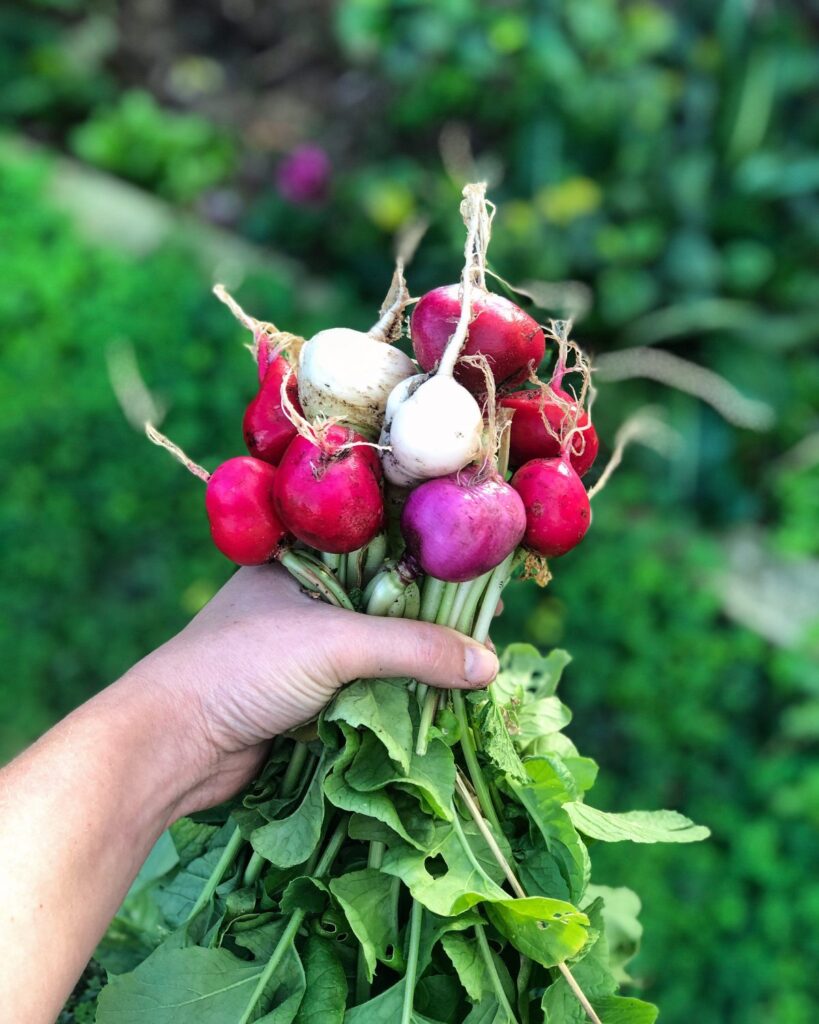
2. Rainbow Chard
Beta vulgaris
Rainbow chard doesn’t do too well in the heat of summer so most climates will only grow chard over the cooler months. Rainbow chard has large leaves so it can lose moisture and wilt quickly. If you plant Chard over the summer choose a shady location. Autumn is a great time to sow your Rainbow Chard seeds. Rainbow Chard is super versatile in the kitchen and it brightens up the winter garden with its’ neon coloured stems.
Rainbow Chard can be used in nearly every meal as a substitute for spinach.




3. Lettuce
Lactuca sativa
Lettuce can be a delicate plant to grow and doesn’t tolerate the heat well. Autumn is a great time to plant lettuce in the garden. If you want to grow lettuce during summer then find a cool spot that receives shade during the hot afternoons. Otherwise, it will just go to flower and seed if it gets too hot and then it tastes awful and bitter. Due to its’ delicate nature, lettuce is best sown in seed trays and planted out into the garden when it is a seedling. Little seeds and seedlings will be susceptible to pests such as slugs, snails and slaters. Check out natural pest management for tips on how to reduce loss from pests.



4. Beetroot
Beta vulgaris
The whole Beetroot plant is edible and the leaves can be used just like chard or spinach. You can pick off the outer leaves just one or two from each plant while they grow to get a prolonged harvest.
Fun fact: Rainbow chard is actually part of the beetroot family!
You can use the roots grated fresh in a salad, roasted beetroot is sooo good, especially the yellow and white varieties they are so sweet! Beetroot is also delicious pickled and canned to preserve the harvest.
I have planted the White, Golden, and Chioggia varieties. The Chioggia has beautiful candy cane stripes. It is also very sweet.




5. Spinach
Spinacia oleracea
Spinach is another great Autumn veggie to plant and will offer you an abundance of greens for the rest of the year. There are many different types of spinach and a few that I like to grow are the Malabar Climbing Spinach – it seems to do well here in Perth as it is more like a succulent type of plant. Perpetual Spinach is also another great producer that can offer you greens for most, if not all of the year.
6. Onions
Allium cepa
Onions are a staple vegetable to grow for adding flavour to meals and there are many different varieties. Planting onions randomly throughout your gardens can help deter pests due to their strong scent. Egyptians walking onions are a great perennial onion variety. They grow onion bulbs on the base like most onions but the difference is, they also grow mini bulbs on the tips too and as these grow they get heavy and bend over to touch the ground and then this bulb will start growing so they sort of move around the garden which is pretty neat! Plus, they just regrow on their own which supports a sustainable garden.


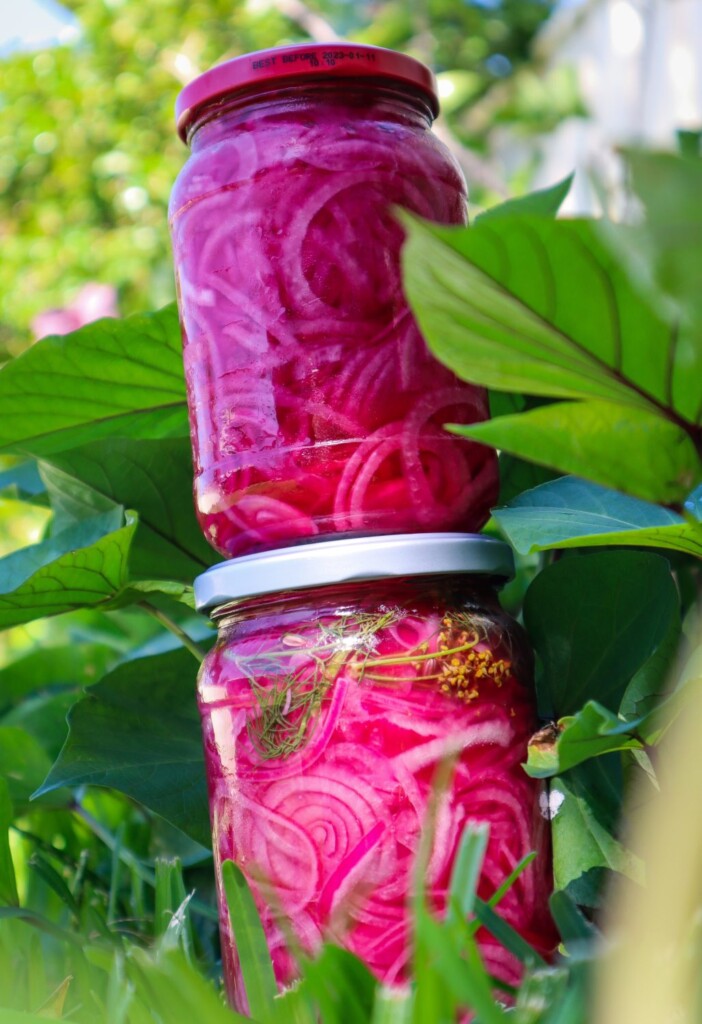
7. Rocket
Eruca vesiculate
Rocket or Arugula is a great leafy green to grow because it is fast-growing and it can be added to a range of meals. Add fresh baby rocket leaves on top of your meals for added flavour and nutrition. Rocket will get quite bitter if it doesn’t get enough water and also will bolt if it’s still too warm. If you are sowing it early in the season or in summer, grow it somewhere with a little shade. I sow little patches of Rocket throughout my garden at different times to have a continuous supply.
8. Rosella
Hibiscus sabdariffa
Rosella is a type of hibiscus that has edible leaves that you can use as a substitute for spinach. The flower buds are edible and are great for making tea, syrups and jams.

9. Fennel
Foeniculum vulgare
Fennel is a top edible plant to grow at home as the whole plant is edible. During the warmer months, Fennel plants mainly produce leaves/fronds and flowers which are great flavour enhancements for meals or pickling. The fronds can be used to make a delicious pesto. Once the weather cools down in Autumn the bulbs will start to bulk up. Fennel is so crunchy and fresh and pairs really well with citrus. Roasted fennel is also super delicious. There are two main varieties green Florence and bronze. The green Fennel does tend to go a little wilder than the bronze.
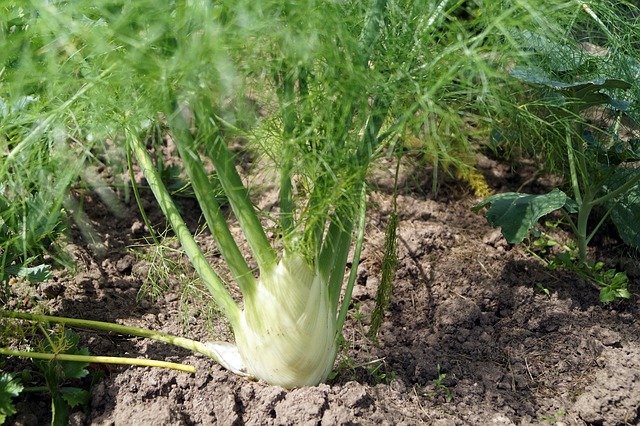



10. Chives
Allium schoenoprasum
Chives have a delicious onion flavour and produce purple flowers that are also edible. Chives are another edible plant to mix in your garden beds and help deter pests naturally.

Comment below if you are going to grow any of these Edible Plants to Sow in March 🌱👇
